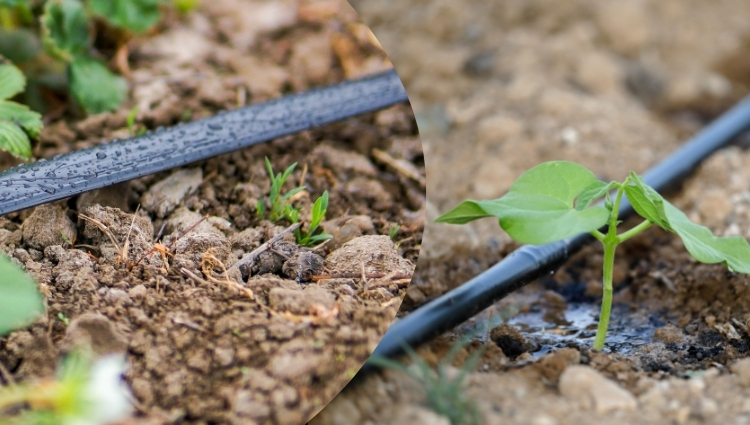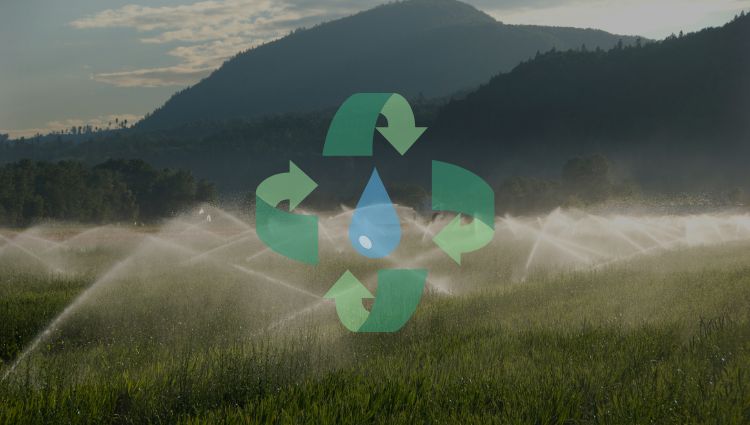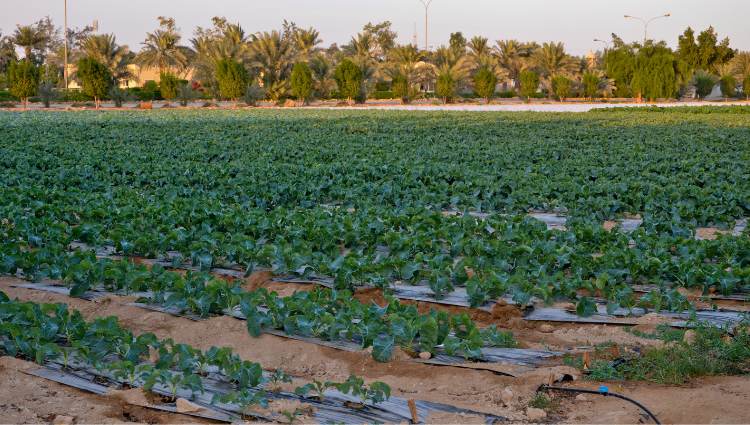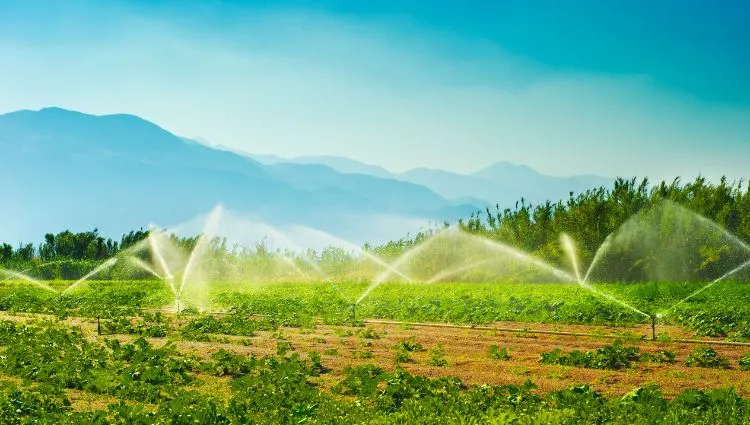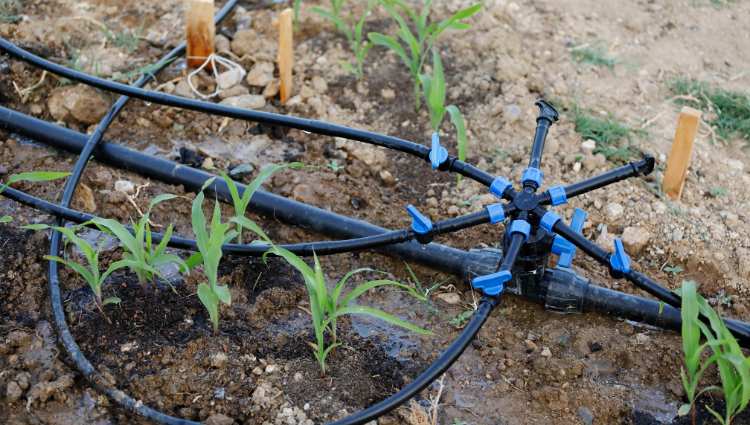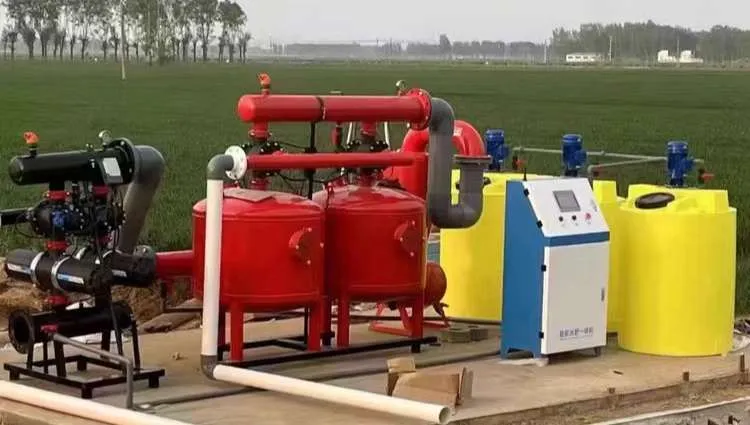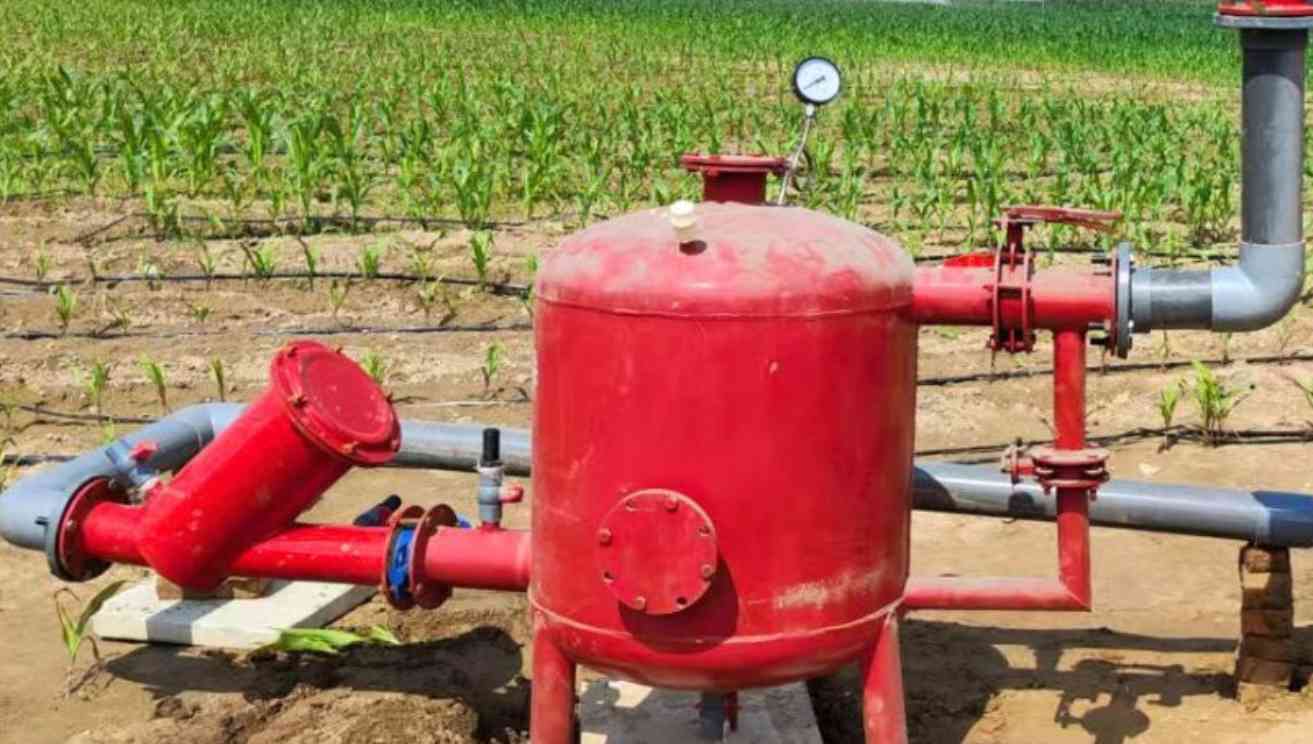目錄
Drip tape and dripline are two very common types of drip irrigation products. They both belong to the category of irrigation pipes, but there are significant differences between them.
Many people don’t know what the differences are, or how to choose between them. This post will explain their differences from eight aspects: function, 外貌, 材料, 尺寸, emitter type, packaging method, installation method, 和 service life. 當然, it will also tell you how to choose between them.
功能
The function of drip tape and dripline is the same. They are both types of drip irrigation products, with emitters on the pipe. When water flows through the pipe, it can be delivered to the soil where the plants are through the emitters. Their uniform and precise water delivery not only promotes crop growth but also maximizes water savings. 所以, they play an important role in water-saving irrigation systems.
Appearance
Drip tape and dripline have quite a big difference in appearance. Drip tape is flat when there is no water flowing through it, while dripline remains cylindrical whether there is water or not. Dripline looks more solid and less prone to deformation.
As for color, they are usually black, but a small number also come in white. 例如, white drip tape can occasionally be seen on the market.
材料
Drip tape and dripline don’t have major differences in material. They are both made of PE plastic. 然而, drip tape is thinner in material compared to dripline.
尺寸
The diameter of drip tape is usually 16mm, with 20mm and 22mm also available. It is a thin-walled pipe, with wall thickness options ranging from 0.15 to 0.6mm.
The diameter of dripline is usually available in 16mm and 20mm. But in terms of wall thickness, it is thicker than drip tape, with thickness ranging from 0.8mm to 1.2mm.
Emitter Type
Drip tape uses flat emitters, a design that helps reduce the overall volume of the drip tape.
Dripline uses cylindrical emitters, which are known for providing more stable water flow and being less prone to clogging.
Packaging Method
The packaging method of drip tape and dripline is closely related to their wall thickness and appearance.
For drip tape, it is flat and has a very thin wall, so it can be folded or coiled for packaging. One roll can hold anywhere from 1,000 到 3,000 儀表.
As for dripline, it has a thicker wall and is cylindrical in shape, so it takes up more space in packaging. It cannot be folded—only coiled—and one roll can usually hold at most a few hundred meters.
Installation Method
The installation of drip tape is relatively simple. It usually just needs to be laid on the soil surface close to the roots of the crops.
But the installation of dripline is more flexible and diverse. It can be laid on the surface, shallowly buried underground, or even suspended in the air.
Service Life
In terms of lifespan, if both are made with the same material, drip tape lasts much shorter than dripline. This is because drip tape has a thinner wall and uses a single-layer design, while dripline is thicker and uses a more complex multi-layer design. 因此, whether in terms of wear resistance or pressure tolerance, drip tape performs worse than dripline.
全面的, drip tape can last 1–2 years, while dripline can last 5–7 years.
From the above, we’ve already learned the differences between drip tape and dripline. With this knowledge, we can use their features and differences to help guide us in choosing the right product.
When you’re choosing between them, you only need to think from three dimensions: cycle, scale, 和 cost.
Cycle
Cycle is divided into the land use cycle and the crop growth cycle.
Regarding the land use cycle, you first need to clarify whether the land you are irrigating is for long-term or short-term use. If it’s just a short-term, temporary use of the land, then choose drip tape.
If the land is for long-term use (which is the case in most situations), then you need to consider the crop growth cycle when making your choice. To explain the crop growth cycle, we can use examples.
If you plant potatoes in spring, then cucumbers or tomatoes in summer—these crops have relatively short growth cycles, completing their full cycle in one season—then I suggest drip tape is more suitable.
If you plant crops like apples or taro, whose growth cycles are more than half a year, then this long-term irrigation demand puts higher requirements on the drip irrigation pipes. They need to resist aging and maintain stable long-term water supply and drip irrigation performance. In this case, I suggest choosing dripline.
Scale
Besides the crop growth cycle, your irrigation scale also determines your choice of pipe.
The larger the irrigation scale, the higher the pressure requirements for the pipe system. 例如, dripline can work under a pressure of 8–10 KG. Because of its thicker wall, it is not only pressure-resistant but can also provide stable water supply.
If the irrigation scale and area are small, the pressure requirements for the pipe system are also low. In this case, 滴膠帶, which has relatively limited pressure resistance, can meet the irrigation needs.
In summary, in irrigation practice, we use drip tape more often in small-scale and short-term planting areas (such as vegetable greenhouses). 滴管, 另一方面, is used more in large-scale, long-term planting areas (such as orchards and large farmlands).
Cost
When choosing a product, cost is a very important factor to consider. Cost can be divided into three parts: the cost of the product itself, labor cost, and transportation cost.
Although both drip tape and dripline use PE material, dripline uses more raw material, so its unit cost and price are naturally higher than drip tape. 當然, prices also vary between products made from virgin material and recycled material. Some manufacturers use recycled material to reduce cost and price. But overall, dripline is more expensive than drip tape.
As for labor cost, it mainly depends on the installation method. Since drip tape only needs to be simply laid on the soil surface, its labor cost is relatively low. 滴管, 另一方面, sometimes needs to be buried underground, so the installation cost is naturally higher.
最後, there is transportation cost. Dripline of the same length takes up much more volume than drip tape, so its transportation cost is higher. Especially in international trade, where goods undergo long-distance transportation (involving truck, ship, or even air freight), the overall shipping cost of dripline is much higher than drip tape.
To summarize, if your crops have a short growth cycle, the irrigation scale is small, and the pressure requirement for the drip irrigation system is low, considering all the costs, drip tape offers much better cost performance than dripline.
If your crops have a long growth cycle, the irrigation scale is large, and the pressure requirement for the drip irrigation system is high, although dripline costs more than drip tape, dripline is still the better choice. Because dripline has better lifespan and quality, if you look at the timeline long-term, the overall cost performance of dripline may be higher than drip tape.
Drip Tape VS Dripline Comparison Table
From the above content, we have already understood the differences between drip tape and dripline. To make it more intuitive and convenient for readers, I have also created a comparison table of the two for reference.
| 滴膠帶 | 滴管 | |
| 功能 | Uniform and precise water supply through emitters | Uniform and precise water supply through emitters |
| Appearance | Flat | Cylindrical shape |
| 材料 | Polyethylene | Polyethylene |
| 尺寸 | 直徑: 16毫米, 20毫米, 22毫米 Wall thickness: 0.15mm to 0.6mm | 直徑: 16毫米, 20毫米 Wall thickness: 0.8mm to 1.2mm |
| Emitter Type | Flat emitters | Cylindrical emitters |
| Packaging Method | Length per roll 1000–3000 meters | Length per roll usually a few hundred meters |
| Installation Method | Laid on soil surface | Surface laid, shallow buried, or suspended |
| Service Life | 1–2 years | 5–7 years |
| Cycle | Short-term use and short crop growth cycles | Long-term use and long crop growth cycles |
| Scale | Small-scale irrigation with lower pressure requirements | Large-scale irrigation with higher pressure needs |
| Cost | Lower material, installation, and transportation costs | Higher material, installation, and transportation costs |
A Few Final Words
作者: 艾倫, 邁克爾
編輯: 邁克爾
內容審閱者: 邁克爾
